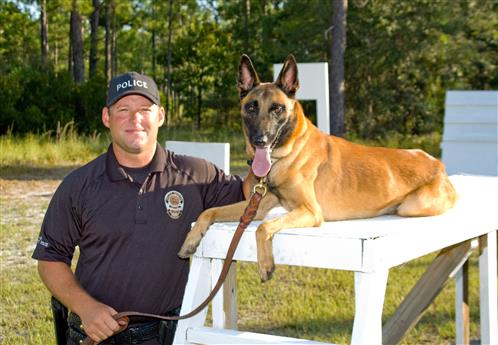Different Kinds of Dog Training
Is your dog standing right in front of the dog door waiting for you to open the main door so he or she can go out? Maybe you can’t leave anything on the counter because your pup will think it’s fair game. Perhaps you want to teach him or her some tricks to show your friends, or maybe you need training for a therapy dog.
If your training hasn’t been successful, it may be because you are using the wrong type of training. You might even be looking for the proper training tool but not know what style of training you are looking for. Here, you can learn about the different types of dog training so you can make sure your pup gets the right one.
Behavior Modification
Behavior modification is the kind of training a dog owner looks for when he or she wants to prevent a pup from doing something they shouldn’t be doing. It can also mean training a pup to do something, like going out the dog door instead of relieving themselves in the house. Since dogs don’t really understand punishment, this type of training usually involves some type of reward system and encouragement, or ignoring the pup when he or she does something they shouldn’t be doing.
Obedience to Owner
If your goal is to teach your dog new tricks like sit and stay, you are looking for obedience training. This type of training also involves positive reinforcement, but requires specific behavioral instruction upon cue, rather than trying to stop an ongoing behavior.
Skill or Vocational
Some dog owners want their dogs to serve a function other than just companionship. These pups learn specific skills that make them valuable for reasons other than companionship. For example, police dogs and service dogs go through vocational training to learn to sniff out drugs or learn how to alert someone that their companion is about to have a seizure.
Agility
For the dog owner who wants to put his or her pup in shows or just have some intricate fun in the backyard, agility training is the answer. This type of training usually starts with a simple trick, like jumping over a log. Soon enough, the dog can progress to things like jumping through hoops, running obstacle courses, and other activities. This particular method of training is a great way to keep both the dog and owner from getting bored. It’s also a perfect way to get your dog the exercise he or she needs to stay healthy.
No matter what kind of training your pup is involved in, it’s important to stay consistent. Don’t expect enormous changes right away. Instead, start with little things that are easy for your pup to understand. For example, when it comes to training your pup to use the dog door to get outside to relieve him or herself, try keeping the pup in the crate, and then directing him or her to the dog door as soon as you open the crate door. This way your dog will immediately associate the opening of the crate door with the route to relieving themselves.


